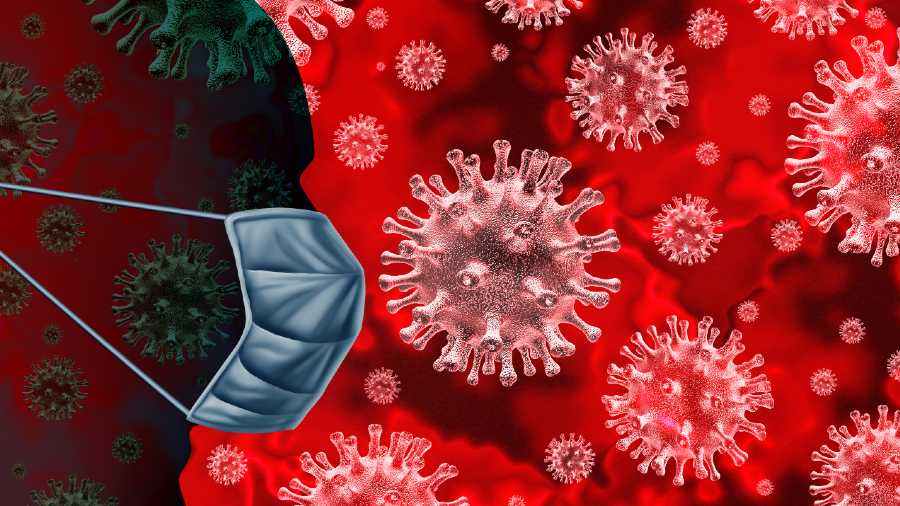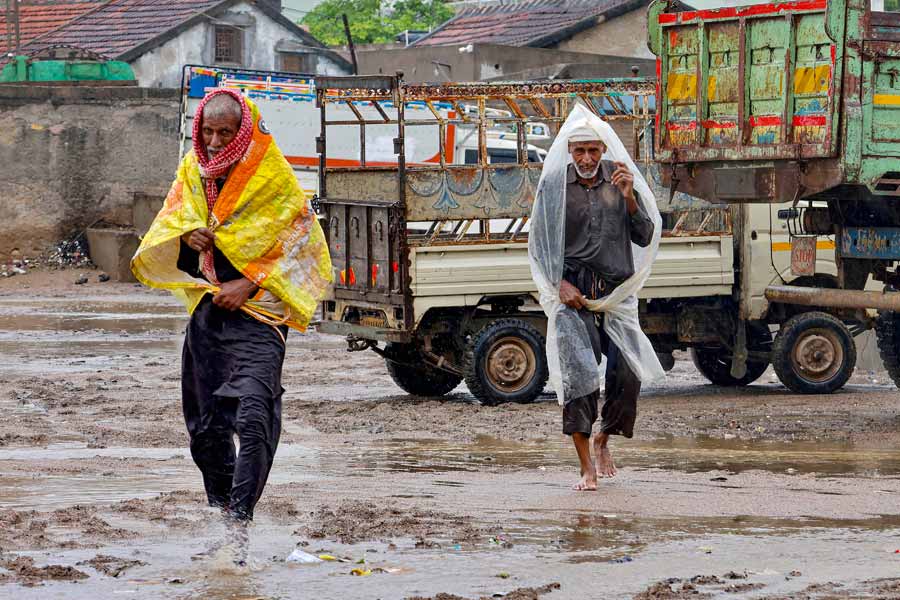A sibling of the omicron variant named BA.2 has explosively usurped India’s coronavirus landscape over the past month without altering the course of the country’s shrinking Covid-19 epidemic, scientists said on Wednesday.
The BA.2 sublineage of omicron has accounted for 82 per cent of Covid-19 positive samples sequenced nationwide over the past month, compared with 5 per cent in December 2021, the scientists involved in genome surveillance said.
The World Health Organisation had cautioned on Tuesday that BA.2 has a “growth advantage” over its predecessor-sibling BA.1 and urged public health authorities to continue to monitor it as a distinct variant of concern.
“Initial data suggest that BA.2 appears inherently more transmissible than BA.1, which currently remains the most common omicron sublineage reported,” the WHO said, outlining a review of the latest global evidence by its technical advisory group tracking evolutionary changes in the virus.
Although BA.2 sequences are increasing in proportion among samples sequenced relative to other omicron sublineages such as BA.1 and BA.1.1, the WHO said, there is still a decline in the overall Covid-19 cases globally.
Health authorities in Denmark have observed BA.2 reinfections after BA.1 infection but they appear to be rare. The WHO said initial data from population-level studies on reinfections suggest that infection with BA.1 provides strong protection against reinfection with BA.2 at least for limited periods.
“Although BA.2 has already become the dominant sublineage in India, it has not impacted the rapid decline of our epidemic since the third wave’s peak in January,” said Aurnab Ghose, a scientist and member of a Covid-19 genome sequencing group at the Indian Institute of Science Education and Research, Pune.
India’s third wave fuelled by the omicron variant had peaked on January 20 with a daily new infection count of around 347,000 cases, but has since declined rapidly to record an average of around 20,000 daily new infections over the past week.
Health authorities on Wednesday recorded 15,102 new cases.
“For the moment, it looks like we have adequate immune protection against BA.2,” Ghose said. Over 80 per cent of India’s adults have been fully vaccinated and large proportions of the population were infected by omicron and delta, the variant that had driven the country’s second wave during April-May 2021.
Delta was the dominant variant in circulation until December 2021 when omicron emerged and began to spread rapidly.
The WHO’s technical advisory group said BA.2 should continue to be considered a variant of concern based on available data on transmission, severity, reinfection, diagnostics, therapeutics and impacts on vaccines.
The technical advisory group also examined preliminary lab data from Japan using animal models without immunity against the Covid-19 virus that indicated that BA.2 may cause more severe disease in hamsters compared with BA.1
However, real-world data on infection severity from South Africa, the UK and Denmark where immunity from either vaccination or natural infection is high, there was no observed difference in severity between BA.2 and BA.1.










